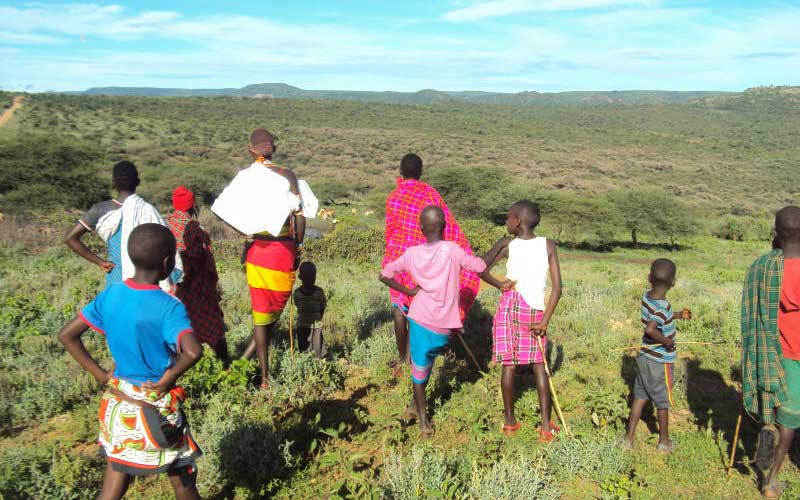×
The Standard e-Paper
Home To Bold Columnists

Residents stare at swarms of desert locusts in Mugur village, Samburu County. [Nanjinia Wamuswa, Standard]
Threat to food security, livelihoods, tensions and even violent conflicts and displacement looms large among pastoralist communities in Northeastern Kenya due to the effects of desert locusts.